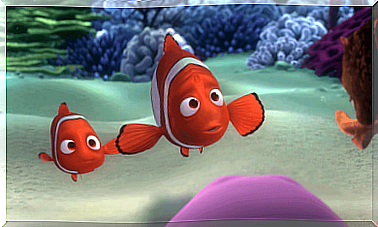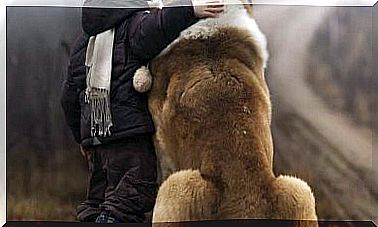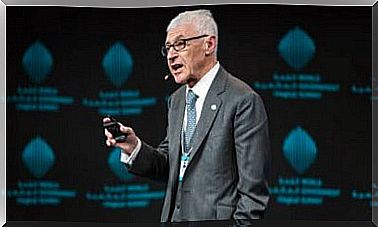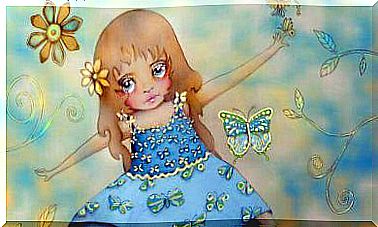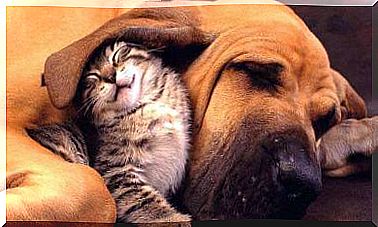American Horror Story: Cult, Season Of Phobias And Manipulation
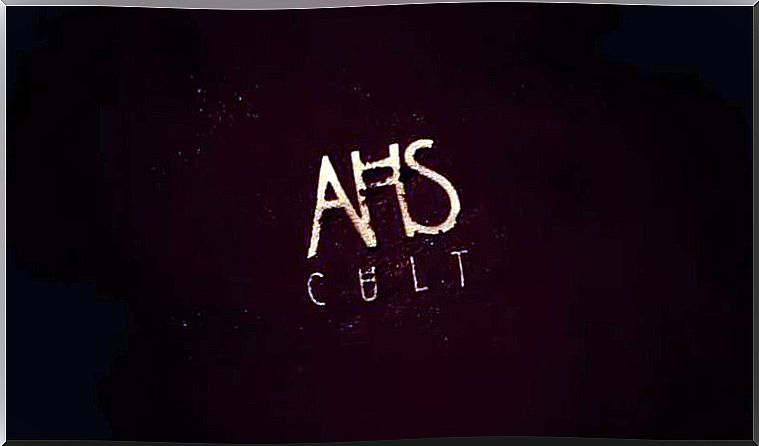
For those who don’t know, American Horror Story is an American series created by Ryan Murphy and Brad Falchuk. This is not a series that follows a continuous line. In each season a different story is presented, independent of the previous ones and with its own ending.
However, it’s true that the cast doesn’t tend to have many variations, especially until season five. The actors are more or less the same and play different roles each season.
It’s a series that offers viewers a certain freedom : they can choose in which order to watch the seasons and even skip one if they’re not entirely interested. Anyway, for the most loyal followers, it’s interesting to watch the entire series and follow it year after year to discover small connections between seasons.
American Horror Story, between reality and fiction
As its name indicates, American Horror Story rescues real and fictional stories of American popular culture and, certainly, they are stories full of horror. We see several cultural and historical references such as:
- The cinema: the fourth season is called Freak Show , a reference to the movie Freaks (1932).
- American folklore: characters like Piggy Man, who appears in Murder House and Roanoke.
- Old legends, like the former lost colony of Roanoke.
- Well-known crimes such as the Black Dahlia, which to this day remains unresolved and has inspired several movies, series, etc.
- Impersonation of serial killers such as Aileen Wournos, John Wayne Gacy or the Zodiac Killer.
This year saw a very different season, with a different cast, although two veterans also stand out: Evan Peters and Sarah Paulson.
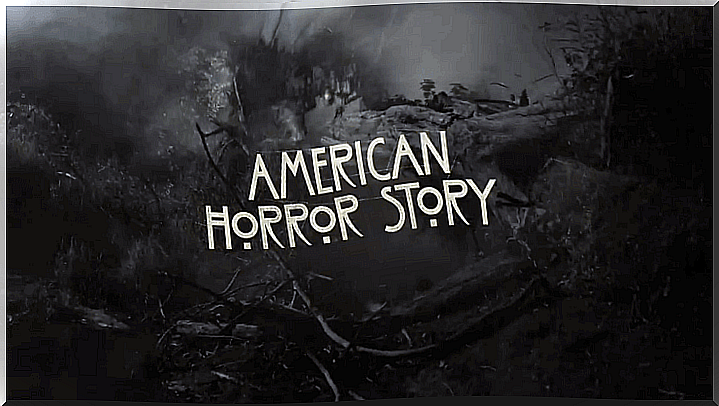
American Horror Story: Cult
AHS got us used to watching supernatural happenings, souls seeking revenge, haunted houses… But this seventh season was nothing paranormal. It was clear that the sister (Jessica Lange in Asylum) was not mistaken when she said that famous phrase that “all monsters are human”.
This season we witness the degradation of humanity, we see its most frightening side. It all starts in a complex atmosphere, right on the day of the election in which Trump won and became president of the United States. And politics will be, exactly, one of the essential parts of the season.
In the opening we see that we are in a different season. This opening is really peculiar, we see allusions to trypophobia, clowns and masks of Hillary Clinton and Donald Trump.
The dangers of fears and manipulation
It is a controversial season, with many critics. However, I think it is also one of the most reflexive, in which media manipulation is called into question. Furthermore, we can identify an effort to show how our society resembles a clown circus.
Our fears and our phobias sometimes turn into our worst enemies, something we see clearly in the character Ally (Sarah Paulson). The series begins by focusing on your phobias (tripophobia and coulrophobia) and how they affect your everyday life, your wife and your child. But nothing is what it seems in American Horror Story. And, as always, things can change and take a completely unexpected turn.
Kai Anderson’s (Evan Peters) character is the center of the action. In the beginning, we see him as a very intelligent young man, with a great capacity for manipulation and with very radical political ideas that will lead him to create a kind of sect or cult. Little by little, we discover how this character uses the fears and insecurities of others to achieve his goals.
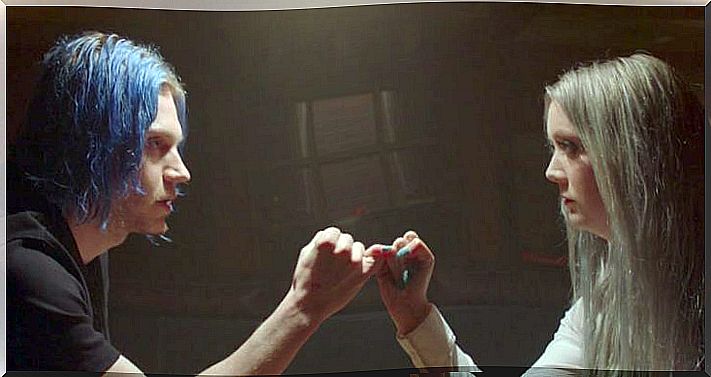
We saw an incredible evolution of the characters. They all feature various changes as the series progresses, but the aforementioned Kai and Ally stand out especially. While one regains his senses, it seems that the other is losing. When one is vulnerable, the other is strong…
AHS: Cult introduces us to the danger of cults and the influence of their leaders, sketching very well their personality and showing how the most insecure and vulnerable people are their favorite victims.
Sect members are not called by their real names, but by nicknames. In this way, Kai removes the identity of his followers.
Everything can take an unexpected turn and anyone, at any given time, whatever the circumstance, can find themselves more vulnerable and get involved in a manipulative situation from which it is very difficult to get out.
building the leader
This entire cult environment is profoundly reinforced by constant allusions to other well-known cult leaders, some of the most numerous collective suicide promoters in history, such as Jim Jones and his “drinking the Kool-Aid”, Marshall Applewhite and his Heaven’s gate sect or David Koresh, leader of the Davidians.
Among all of them, Charles Manson stands out, known for his sect “Manson Family” and for having organized one of the most famous murders in history. I refer to the murder of Sharon Tate, who was pregnant and was the wife of director Roman Polanski. This murder is recreated in the series and leaves the viewer speechless.
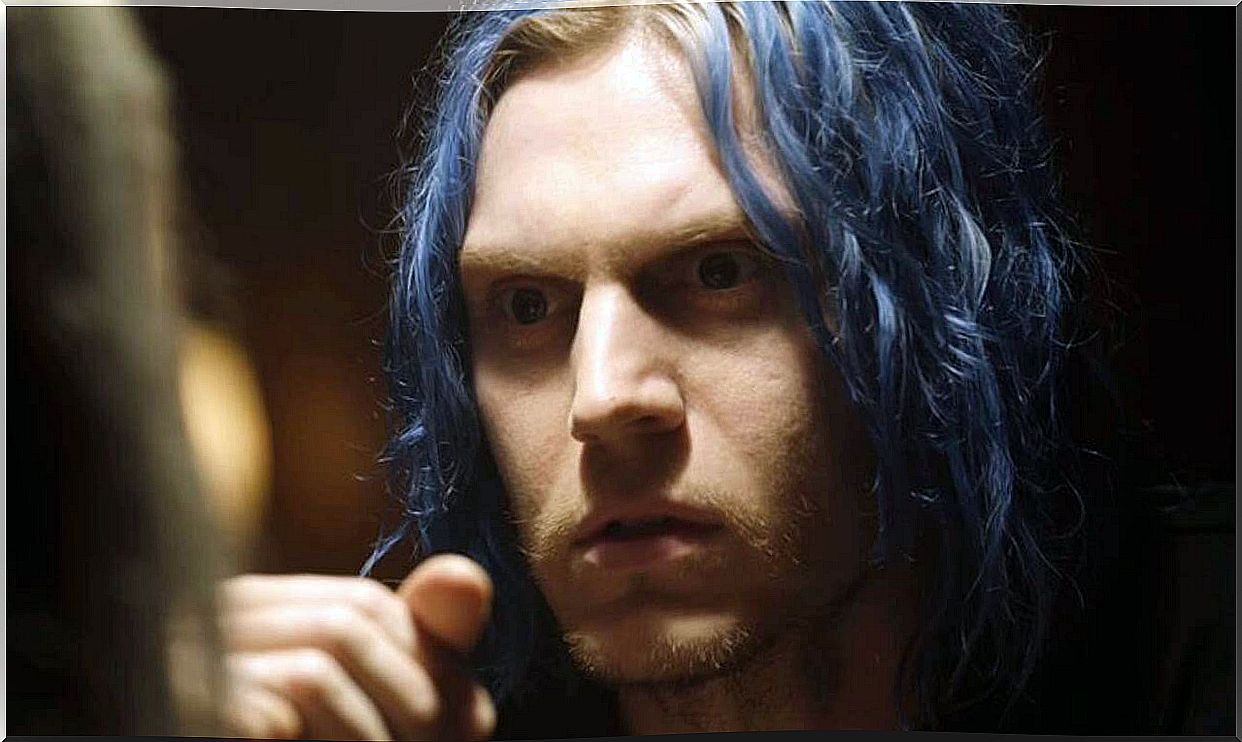
Kai will narrate the stories of these well-known leaders and, in addition, Evan Peters himself is responsible for interpreting them. Kai sees in these people great men of history, with great ideas. He idealizes them and tries to imitate them, but he is very critical and analyzes the reasons for his failures. Therefore, he tries to create an improved image of all these leaders, he is inspired by them, but he tries to overcome them, improve them.
This personality is not only reinforced by the image of other leaders, but also by the experience itself. Through some flashbacks , we relive critical moments in Kai’s life and we can intuit that, perhaps, behind the narcissist one day there was a person who suffered and who was also a victim. This sketch immediately brings reflection: each one chooses how to face adversity, each one chooses how to face their fears and overcome them. In American Horror Story: Cult, the characters Kai and Ally present two distinct forms of this “overcoming”.
Kai turns into an extremely narcissistic misogynist and leaves the women of his cult in the background. This male-female rivalry reaches its peak and a world antagonistic to misogyny appears, in which Valerie Solanas is rescued with her SCUM Manifesto and her attempt to assassinate Andy Warhol.
There is no lack of violence the series has become accustomed to, but this season presents itself in a very different perspective, showing the worst of humanity to make us reflect on the manipulation we live every day with the media and current political systems, especially from the United States.

